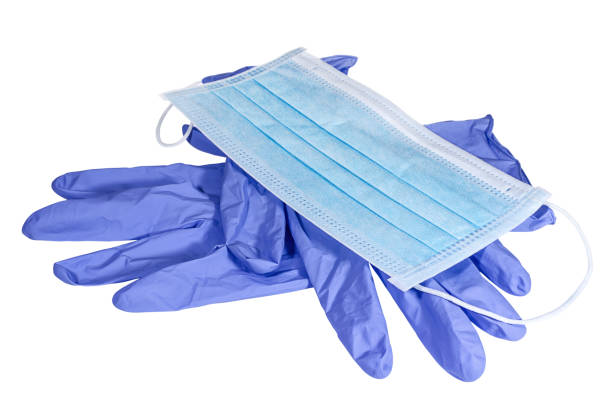PPE Shortage and COVID: What Home Health Patients Need to Know

Personal Protective Equipment, otherwise known as PPE, has been one of the most talked about topics of 2020, especially concerning the COVID-19 pandemic. PPE is used by healthcare personnel on a daily basis to protect themselves, patients and the general public when administering care. This can consist of masks, isolation gloves, eye protection, as well as respirators. Due to the COVID-19 crisis, there has been a dire shortage of PPE for healthcare workers. In some places in the country, doctors and nurses are still reusing N-95 masks, which have been deemed the most effective form of PPE by the Center for Disease Control. This increased need for PPE caused by the COVID-19 pandemic has created great strain for healthcare workers and patients as well, especially within home health. Because of these PPE limitations, caregivers must take extra precautions when coordinating patient visits with their home health agency. Here are a few tips for caregivers:
Communicate with Home Health Agency
Before the health care professional visits, please ensure that all members of the household have taken their temperature to ensure that no one has a fever. Other symptoms may be present in COVID include, shortness of breath, loss of taste/smell, cough, chills, fatigue and muscle weakness. Be sure to give as much information of the patient’s status over the phone before the visit so that the amount of patient interaction is limited.
Maintain Social Distance
When caring for the patient, please ensure that the family remains at minimum 6 feet away from the health care professional while they are working with the patient. Each person within the household should wear cloth face coverings as well to limit possible interaction. If possible, they should move to another room while the health care worker is present.
Wash Hands/Sanitize
Because there is a limit of PPE, it is imperative that all household members wash hands while health care worker is in the home. If not possible, use alcohol-based sanitizer with at least 60% alcohol. The key is to limit interaction. Many elderly patients may be more susceptible to COVID exposure, so it is imperative that caregivers and home health agencies work together to ensure that the patient receives optimal health care with minimal risk.
